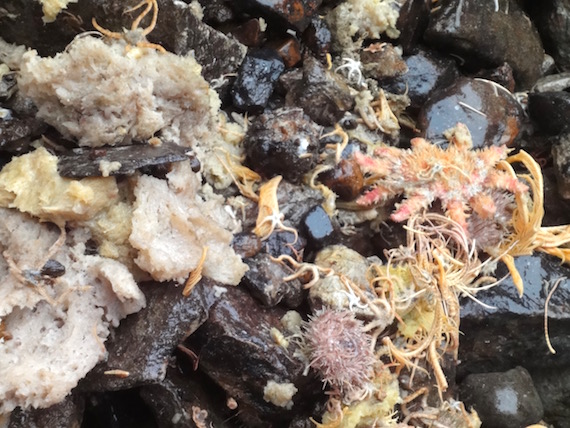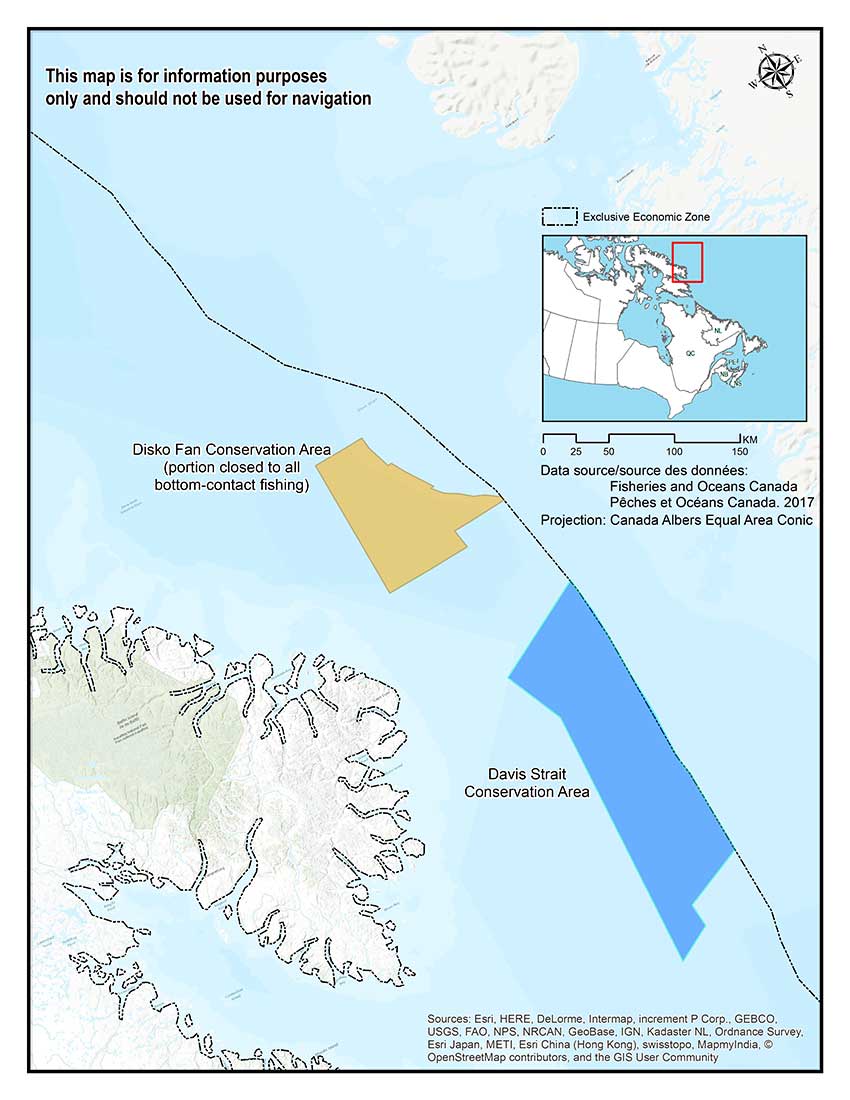Canadian federal regulators ban bottom trawling in Nunavut’s three new marine refuges

Three new marine refuges off Nunavut’s coasts are intended to make “a lasting contribution to marine conservation in Canada” by forbidding the practice of bottom trawling or dragging by fishing boats, the Department of Fisheries and Oceans has announced.
The creation of the refuges or conservation areas, which total seven off the coasts of Nunavut and Newfoundland and Labrador, was announced Dec. 21 by DFO.
The establishment of these refuges, where all bottom-contact fishing activities will be prohibited, is intended to help protect and conserve corals and sponges and other sea life.
This means that bottom trawling, which involves dragging an open fishing net along the sea floor, will be prohibited in these conservation areas.

In a DFO release, Lootie Toomasie, the acting chairperson of the Nunavut Offshore Allocation Holders Association, said his association is “proud to support” the new refuges.
The refuges off Nunavut include the Disko Fan, Davis Strait and Hatton Basin conservation areas.
Trevor Taylor, the vice-president of conservation at the Oceans North environmental organization, praised DFO’s collaborative approach with the fishing industry and environmental organizations in creating the refuges.
“These northern fisheries closures provide critical protection to deep water corals and sponges and marine habitat,” he said.
The Davis Strait marine refuge off the coast of Nunavut will conserve “significant concentrations of corals, sea pens, and sponges,” the DFO said.
It may also contribute to an increased number of species and more sea life within and near the protected area, a backgrounder on the refuge suggested.
The Disko Fan refuge off the coast of Nunavut, where bottom-contact fishing activities will also be prohibited, will conserve coral and minimize impacts on food sources in a habitat used by narwhal during the winter, the DFO said.
As well, the DFO expects that sperm whales, northern bottlenose whales and various fish species, including Greenland halibut and northern shrimp, will benefit from the refuge.
This area was identified as an ecologically and biologically significant area in 2011 because, among other things, it’s used as an overwintering habitat for narwhal, the DFO said.
There are also several species of cold-water corals, including large gorgonian corals. They include so-called sea fans and large, high-density tracts of white and black, tree-like bamboo corals, which a DFO backgrounder said are “globally unique.”
The Hatton Basin refuge, located off the coasts of Nunavut and Newfoundland and Labrador, also aims to conserve corals and sponges, by prohibiting all bottom-contact fishing activities.
The establishment of the new marine conservation areas contributes 145,598 more square kilometres of protected ocean area to Canada’s coasts, bringing Canada’s current total to 7.75 per cent.
Many jurisdictions moved to ban deep sea bottom trawling after the United Nations Secretary General reported in 2006 that this practice was responsible for causing 95 per cent of damage to ocean floors worldwide. It can also damage young fish and is also believed to increase algae blooms by disturbing the water.